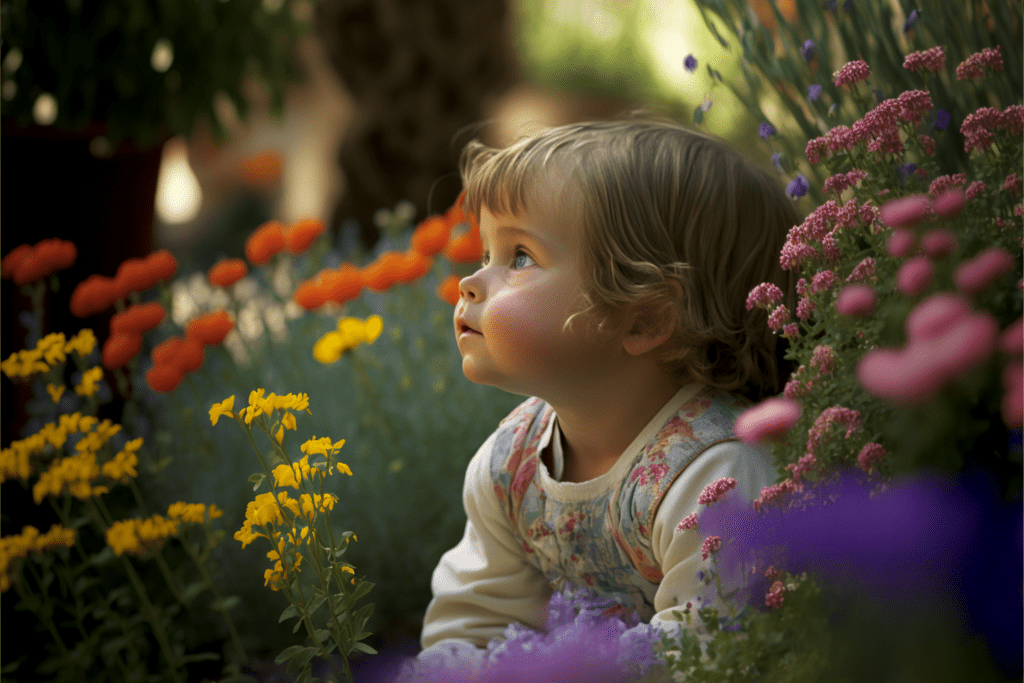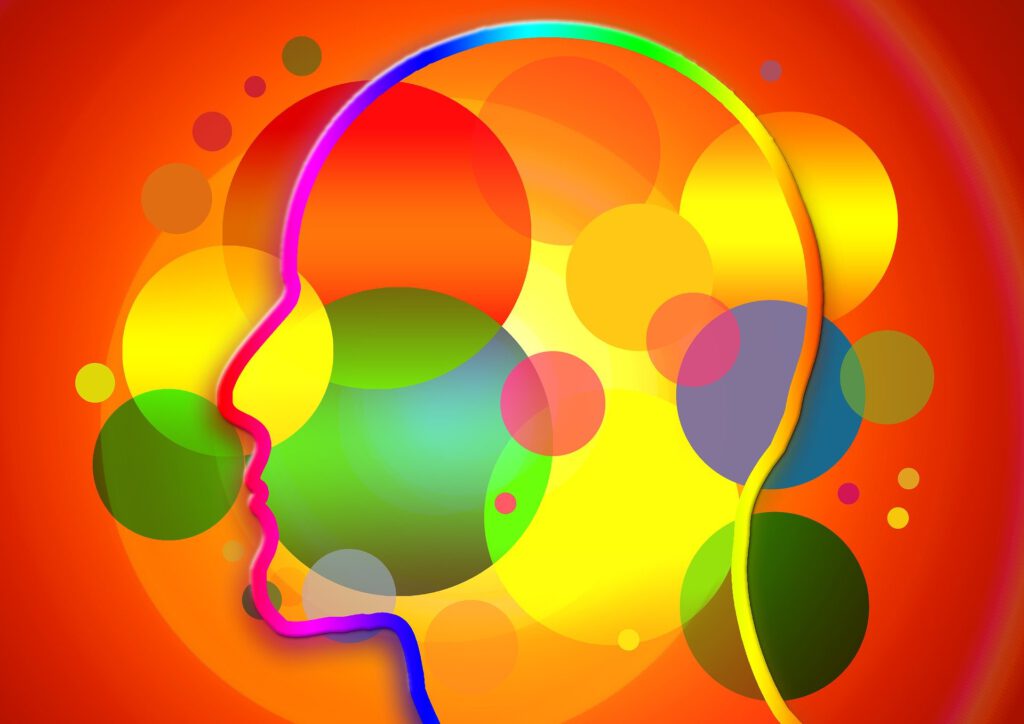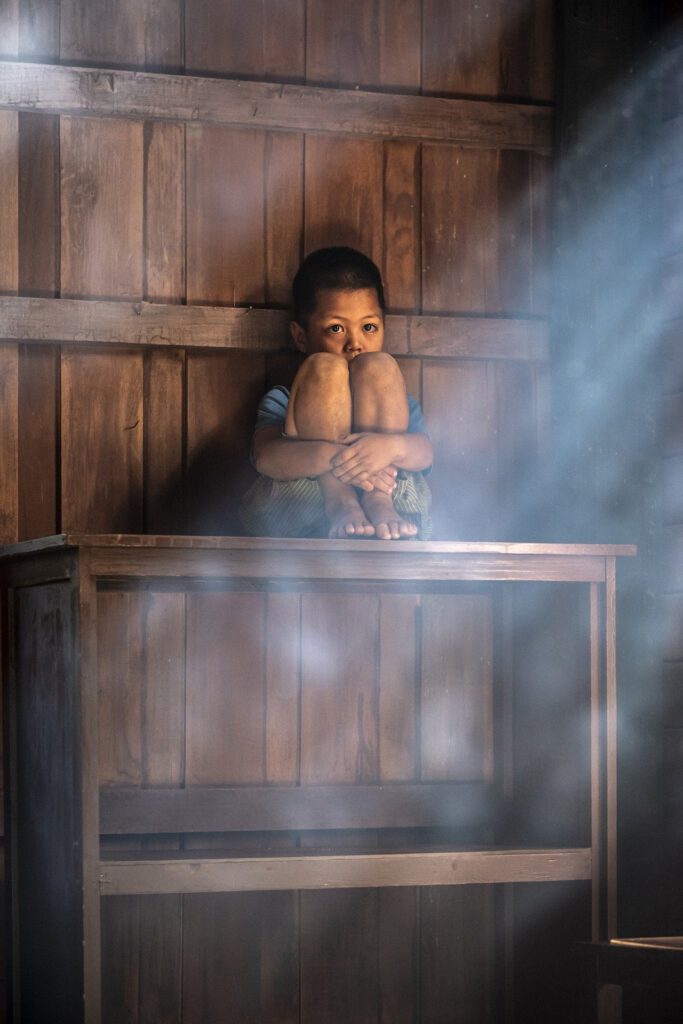Childhood trauma: Understanding emotional dysregulation in complex post-traumatic stress disorder (cPTSD)
Difficult emotions: understanding emotional dysregulation in complex post-traumatic stress disorder (cPTSD). All people who have grown up in abuse and neglect have difficulty expressing their feelings. They easily lose their temper, cry uncontrollably and feel out of control, or they shut down and feel cut off from their feelings. Both patterns are examples of emotional […]





